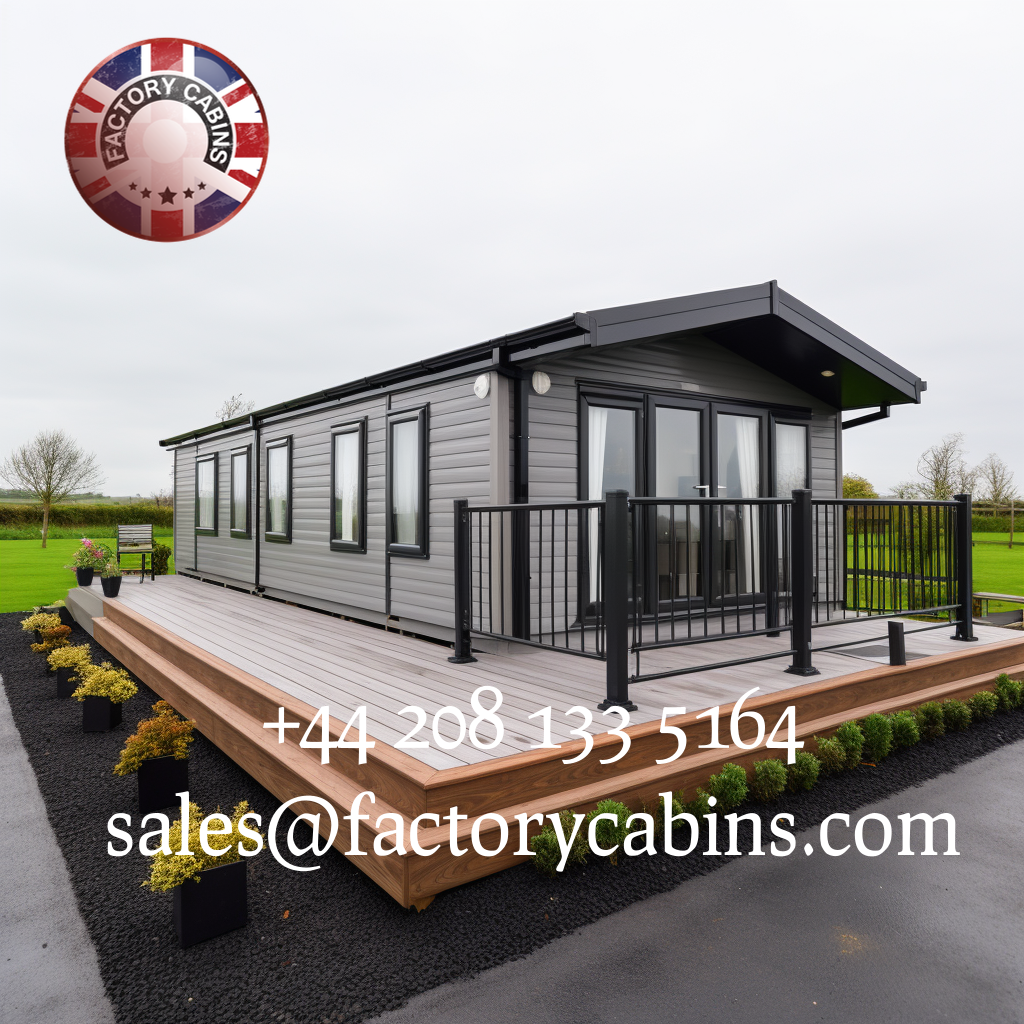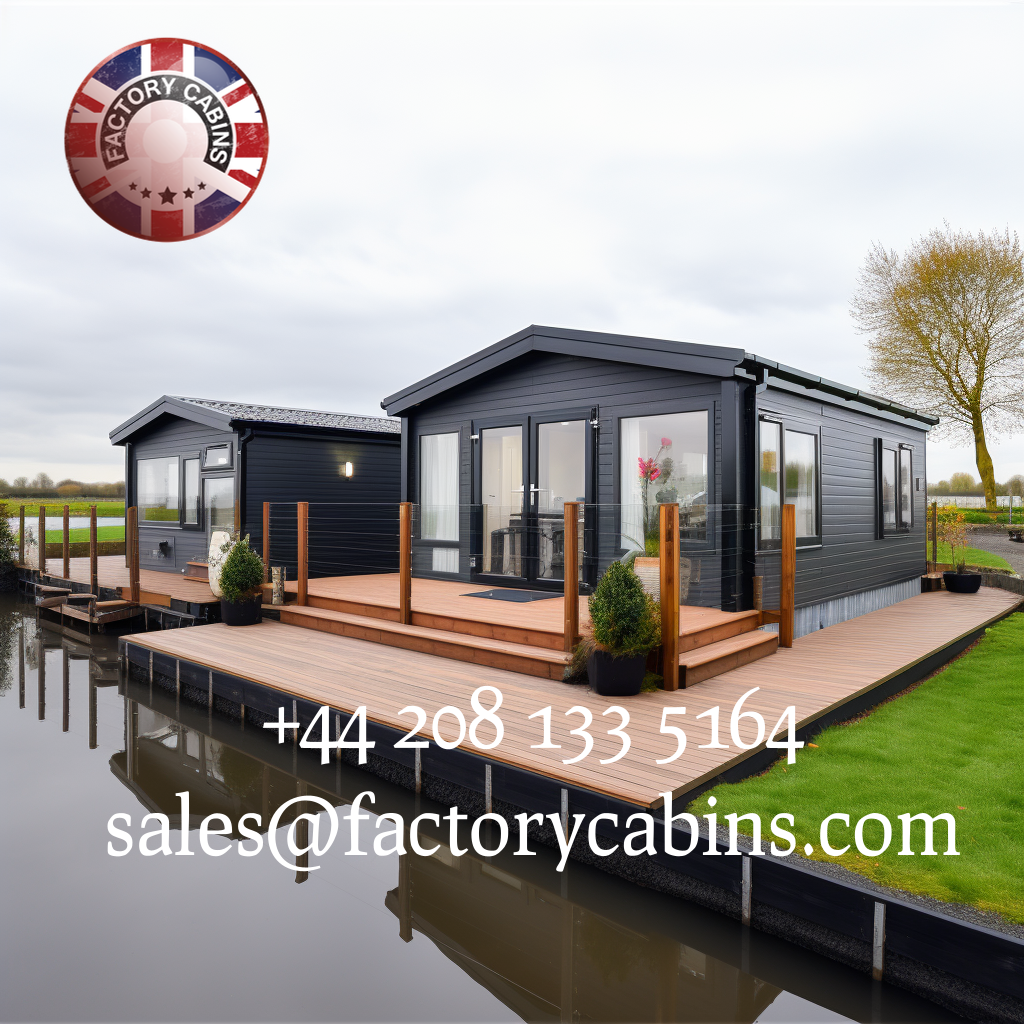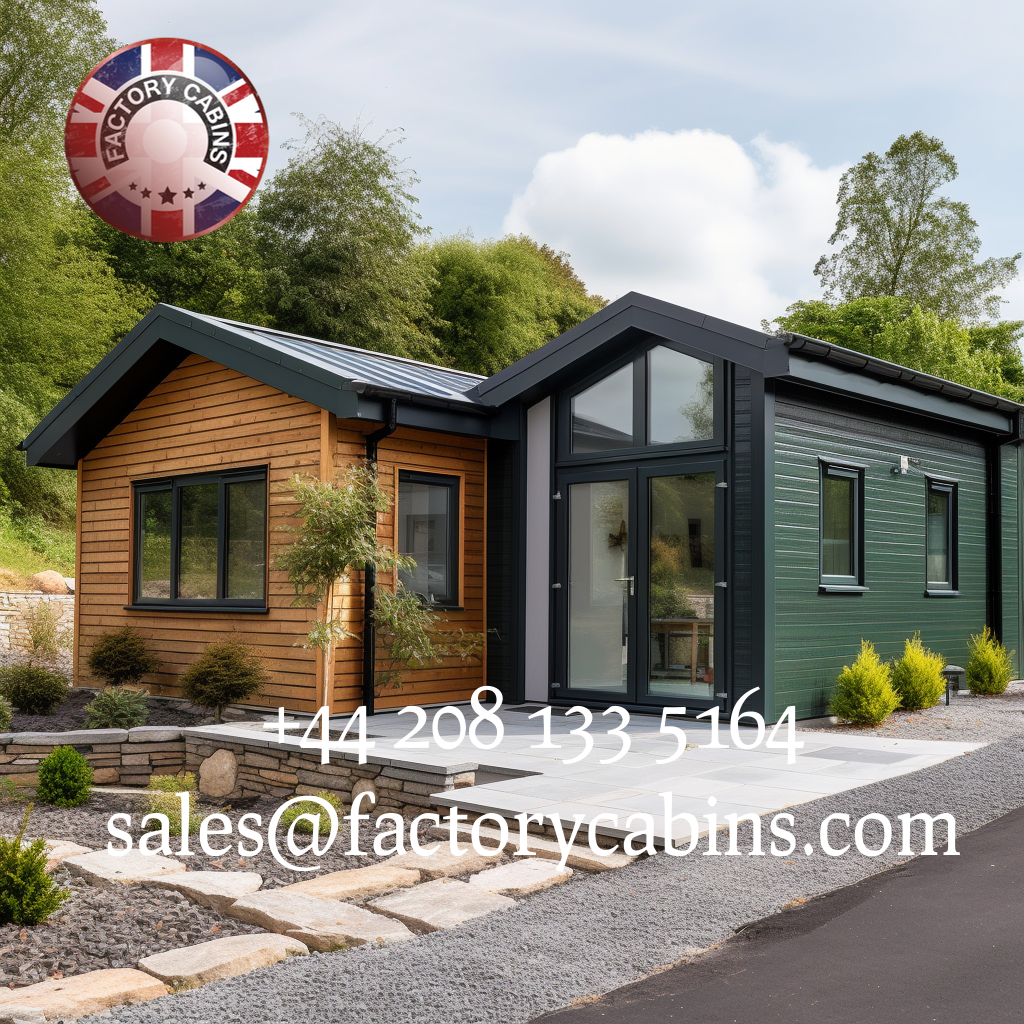Accessory Dwelling Units

A Comprehensive Guide to look into Accessory Dwelling Units (ADUs)
We will soon be offering the USA a quality distributor of our timber frames (ADUs).
We go deep into the world of Accessory Dwelling Units (ADUs) in this thorough blog, giving you vital insights and information to help you better grasp what ADUs are, how they work, and why they are gaining popularity. If you want to make the most of your property or are thinking about creating an ADU, you’ve come to the correct spot.
What exactly are ADUs?

ADUs, or accessory dwelling units, are extra living quarters built on the same land as a principal house. These flats may be independent constructions, converted garages, basement apartments, or even expansions to the main home. ADUs are completely functional living areas that include sleeping, kitchen, and bathroom amenities.
Why are ADUs popular? 1. Increased Property Value
One of the main reasons ADUs are becoming popular is their ability to greatly boost property values. By adding an ADU to your home, you generate an extra rental revenue stream, which increases the appeal of your property to potential purchasers or renters.
2. Living with Multiple Generations
ADUs are an appropriate answer in an era when multigenerational living is on the rise. These units allow families to live together while retaining privacy and independence, making them an ideal alternative for caring for aging parents or adult children.
3. Rental Revenue
ADUs allow homeowners to earn extra money by renting out their excess space. This may be a profitable business, particularly in high-demand metropolitan locations where housing shortages are widespread.
In many areas, there is a severe scarcity of affordable housing. ADUs offer a solution by providing smaller, more affordable housing alternatives for people and families.
ADUs are classified into several types, each with its own set of qualities and benefits. Here are several examples:
1. Separated ADUs
Detached ADUs are constructions that stand alone on the same property as the main home. They provide total autonomy and privacy and are frequently utilized as guest houses, rental flats, or home offices.
2. ADUs with attached garages
Attached ADUs are built into the main house and share walls or a common entrance. If you have limited outside space or desire a seamless connection between the units, they are a good solution.
3. ADUs in the basement
Converting an unfinished basement into a living area is a low-cost approach to establishing an ADU. Basement ADUs offer insulation and a peaceful environment.
ADU Construction: A Step-by-Step Guide

1. Planning and research
Thorough study and planning are the initial steps in constructing an ADU. Consider your budget, local restrictions, and the ADU’s intended usage. Choose from a detached, attached, or basement apartment.
Collaborate with an architect or designer to produce a design that matches your demands while also adhering to local construction codes. Before you begin building, be sure you have all of the appropriate permits from your local authorities.
3. Development
Build your ADU with the help of a trustworthy constructor. Ensure that all plumbing, electrical, and HVAC systems are properly installed. Construction quality is critical for safety and longevity.
4. Interior Design
Select interior finishes that complement your style and budget. Consider the demands of future tenants or residents while designing a practical and welcoming facility.
5. Landscaping and Outdoor Living Areas
Improve the curb appeal of your ADU with well-planned landscaping and outdoor areas. This might raise the total value of your home.
Local Regulations and ADUs
When constructing an ADU, it is essential to be mindful of local rules. Zoning rules, construction codes, and permission procedures can all be somewhat different. Consult your local authorities or engage a specialist that is familiar with ADU rules.

We’ve looked at the world of accessory dwelling Units (ADUs) and why they’ve become a popular choice for homeowners. ADUs are a versatile alternative for improving the value of your home, housing family members, or producing rental money. When going on your ADU voyage, remember to complete comprehensive research, prepare wisely, and follow local restrictions. An ADU may be a beneficial addition to your home if approached correctly, giving both financial advantages and improved living conditions.
Investigate the options for ADUs today and take the first step toward realizing the full potential of your property.
Disclaimer: This material is provided solely for informative reasons and should not be construed as legal or financial advice. Before constructing an ADU, always speak with specialists and local authorities.
This guide has given you a thorough overview of ADUs, their benefits, and the processes needed in construct one. ADUs are a versatile alternative for increasing the value of your home, creating a multigenerational living space, or generating rental revenue. To achieve a successful ADU project, remember to investigate local legislation and speak with specialists.
Savvy investors in today’s fast-paced real estate market are continually on the hunt for new and lucrative possibilities. Investing in accessory dwelling units (ADUs) is one such possibility that has gained traction in recent years. In this in-depth tutorial, we will delve into the world of ADU investing and examine the numerous aspects that make it a wise choice for investors wishing to diversify their portfolios.

What are ADUs (accessory dwelling units)?
Before we get into the advantages of investing in ADUs, let’s define what they are. ADUs are supplementary dwelling units that are often placed on the same property as a principal house. They are also known as granny flats, in-law apartments, or backyard cottages. These apartments can be created as distinct constructions, connected to the main home, or converted from existing space.
ADUs are becoming increasingly popular.
ADUs have grown in popularity in recent years for a variety of reasons, including:
Rising desire for inexpensive Housing: As the cost of housing in many metropolitan areas rises, there is a growing desire for more inexpensive housing alternatives. ADUs offer a solution by providing smaller, more cost-effective living areas.
Rental revenue Potential: ADUs allow homeowners to produce rental revenue, making them an appealing investment option. ADUs may increase your revenue whether you’re a seasoned real estate investor or a homeowner trying to maximize the value of your property.
ADUs can be used for a variety of purposes, including sheltering aging family members, accommodating adult children, and operating as a rental property. This adaptability is a major selling factor for both homeowners and investors.
The Financial Benefits of ADU Investing
Now that we’ve covered the fundamentals of ADUs, let’s look at the financial advantages of investing in these adaptable structures.
Consistent Rental Income Stream
The possibility of a consistent rental revenue stream is one of the most tempting characteristics of ADU investments. These additional flats may be rented to tenants, providing you with a steady stream of income. This extra money might be used to pay down your mortgage, finance other investments, or just improve your financial situation.

Property Value Increase
Investing in an ADU can raise the total value of your house. The installation of a well-designed, practical ADU may dramatically improve the curb appeal and attractiveness of your house. As a consequence, when you decide to sell, your home will attract a higher selling price, providing a good return on investment.
Tax Advantages
In many areas, homeowners who develop and rent out ADUs can take advantage of tax breaks and deductions. These tax breaks can lower your overall tax bill, making ADU investments even more appealing. Consult with a tax professional to learn about the unique benefits available in your region.
The Construction of an ADU
Investing in ADUs entails a series of phases, and it’s critical to comprehend the entire process. Here’s a quick rundown:
- Planning and research
Begin by studying your area’s zoning rules, construction codes, and permit procedures. You must first assess if your land is appropriate for an ADU and which style of unit would best meet your needs. - Planning and Funding
Create a blueprint for your ADU with the help of an architect or designer. Concurrently, investigate your funding choices, which might include personal savings, home equity loans, or other types of finance. - Development
The building process can begin once you have obtained the relevant permissions and finance. This process might take many months, depending on the intricacy of your ADU. Hiring competent contractors is critical for keeping the project on track. - Tenant Management and Legalities
As your ADU nears completion, be sure you understand local landlord-tenant rules. A good renting experience requires proper tenant screening and lease agreements.
Investing in accessory dwelling units (ADUs) is a fantastic option for both homeowners and experienced real estate investors. With the potential for consistent rental income, property value increases, and tax advantages, ADU investments can considerably contribute to your financial well-being.
As you begin your adventure into the world of ADU investing, keep in mind that cautious preparation, comprehensive research, and adherence to local rules are essential for success. Whether you want to increase your income, increase the value of your property, or provide affordable housing alternatives, ADUs are a potential investment.
ADU Investment Possibility
When you incorporate ADUs into your real estate plan, you will uncover a lucrative opportunity that will help you reach your financial goals while also contributing to the rising demand for affordable housing alternatives
